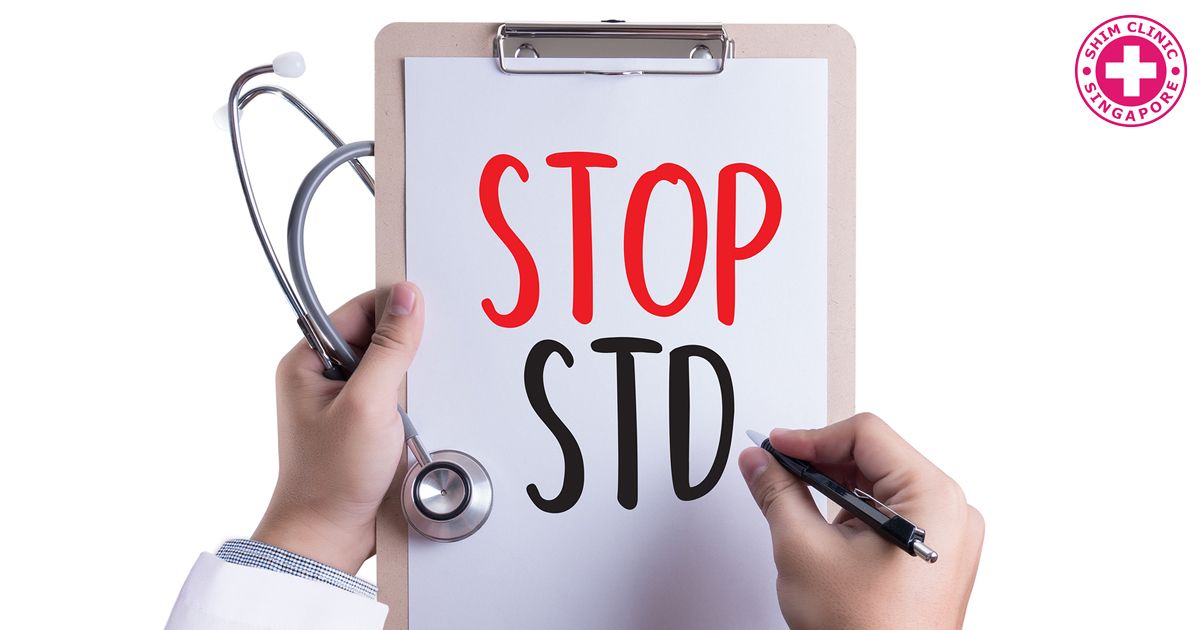Given the option of at-home testing for infections, would this increase your likelihood to get screened?
A new study from the London School of Hygiene and Tropical Medicine revealed some interesting results.
Londoners were almost twice as likely to get STD testing when given the option to mail in samples of their biological material, than go to nearby walk-in STD clinics.
E-STI testing, as referred to in the study, was indeed expected to be more popular because of the privacy and convenience it comes with.
Paula Baraitser, the study’s co-author and a researcher of sexual health at King’s College London, said that it is developing rapidly, as there are ads for it all over.
How the study was conducted
The researchers selected 2 low-socioeconomic municipalities, Southwark and Lambeth. Past research has shown these 2 to have the highest STD rates in London.
They searched streets, markets, bars and other public places for people between the ages of 16-30. This, apparently, is the prime fornication age in the U.K.
Presenting themselves as public health clinicians, they asked the bystanders if they had had at least one sexual partner in the past year. If they had, they were asked for their phone contacts.
More than 2000 numbers were collected. The individuals then randomly received a link to either information about e-STI testing and related information or a list with 7 walk-in clinics and respective contact information.
Those who went for the e-STI test were sent kits via mail. They then sent either urine or blood samples or vaginal swabs (depending on the gender). Results were sent back through text messages or phone calls.
6 weeks later, the correspondents were asked if they had gotten tested and checked the answers against the records.
The results?
It was found that 50% of those who got the e-STI information got tested, while only 26.6% of those told about local clinics actually showed up.
2.8% of cases of infection were found in the e-STI group, with 1.4% of cases diagnosed in the walk-in-clinic group.
It was highlighted that while the researchers were asking their preliminary questions, the respondents were not awkward or shy about the conversation. This definitely implies that more people are taking their sexual health seriously.
Drawbacks
The team initially desired a target group of 3000 people, therefore fell short of this. The group was not large enough for them to analyze differences in infections diagnosed and treatment rates.
Interpretation of findings
Baraitser said that even while the group was not sufficiently large, an important fact comes to light. Increased access to STI testing automatically increases the rate of screening.
What’s more, people are more likely to choose a method that provides them the most comfort and privacy.
Emphasis was placed on the fact that e-testing was offered alongside traditional methods of screening. She added that the success of e-testing was also attributed to getting people to understand that it was just as effective as the services offered in a clinic. It is not a separate service, just a different modality of care.
Home-testing for STIs is becoming more popular with the increased need for privacy and convenience. Given more emphasis, it would undoubtedly increase the population getting screened.
Source: PLOS Medicine

